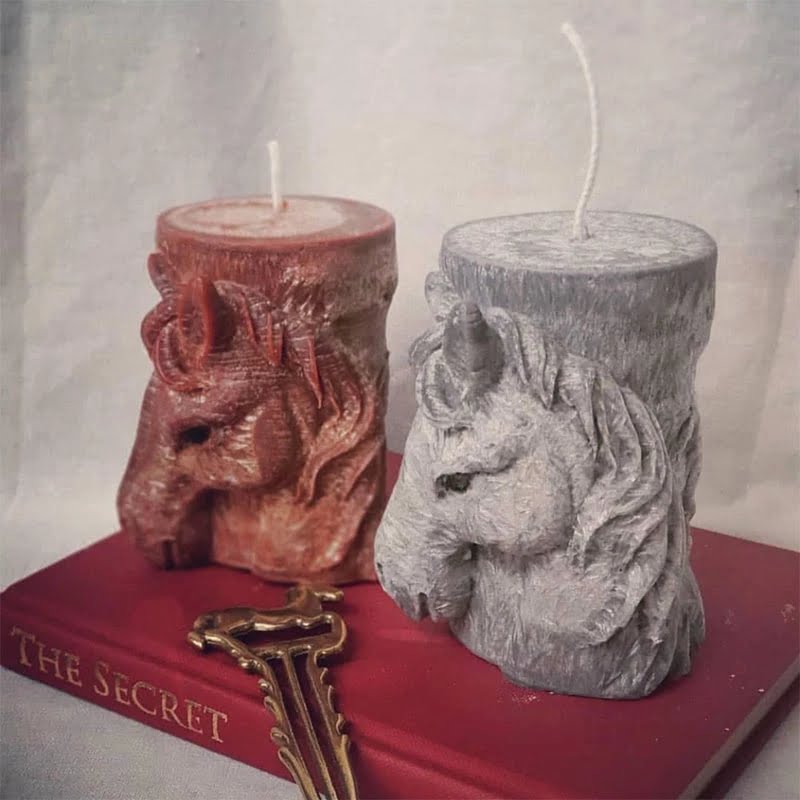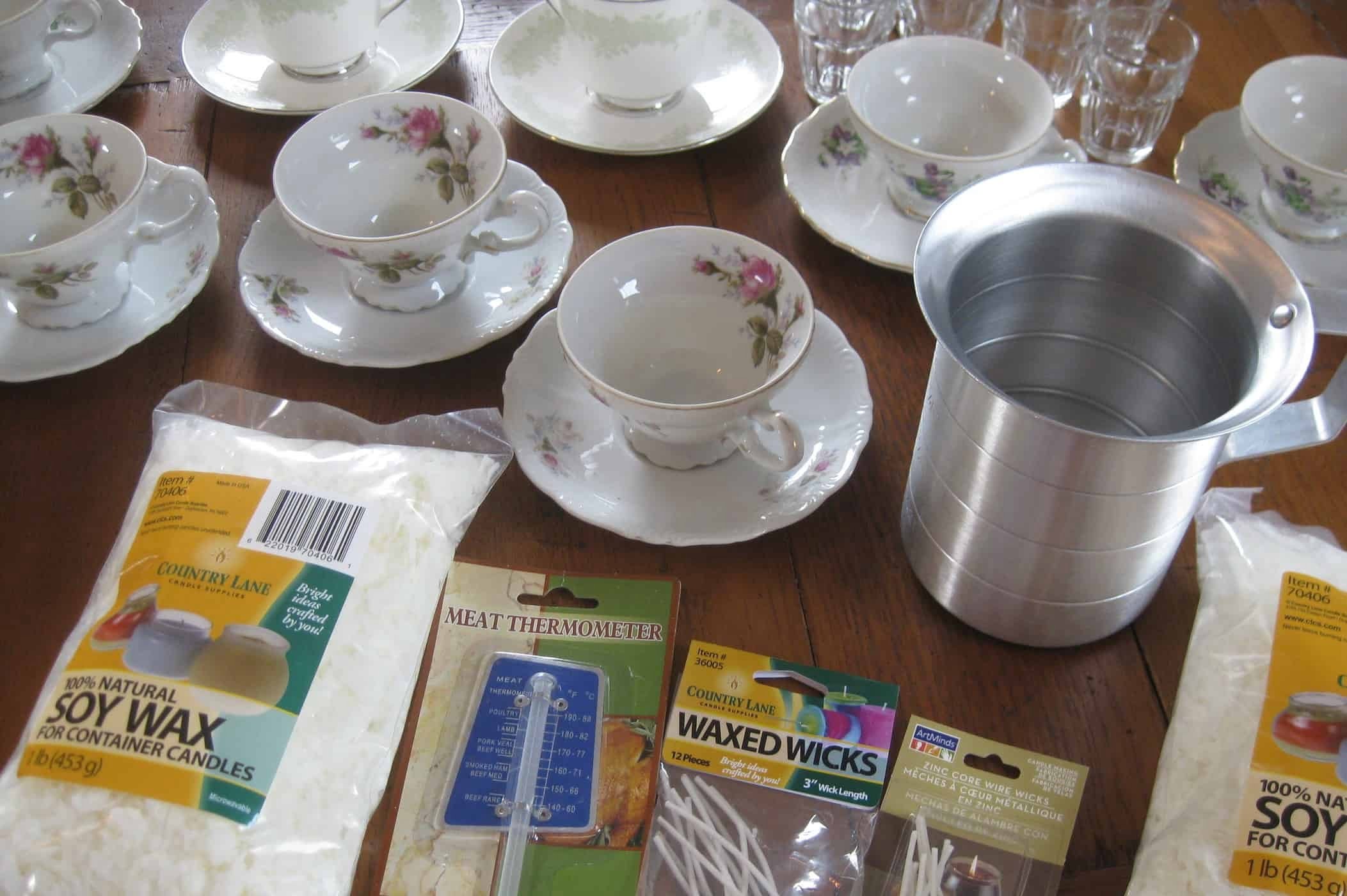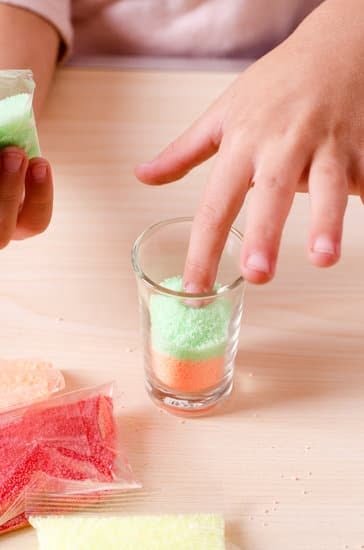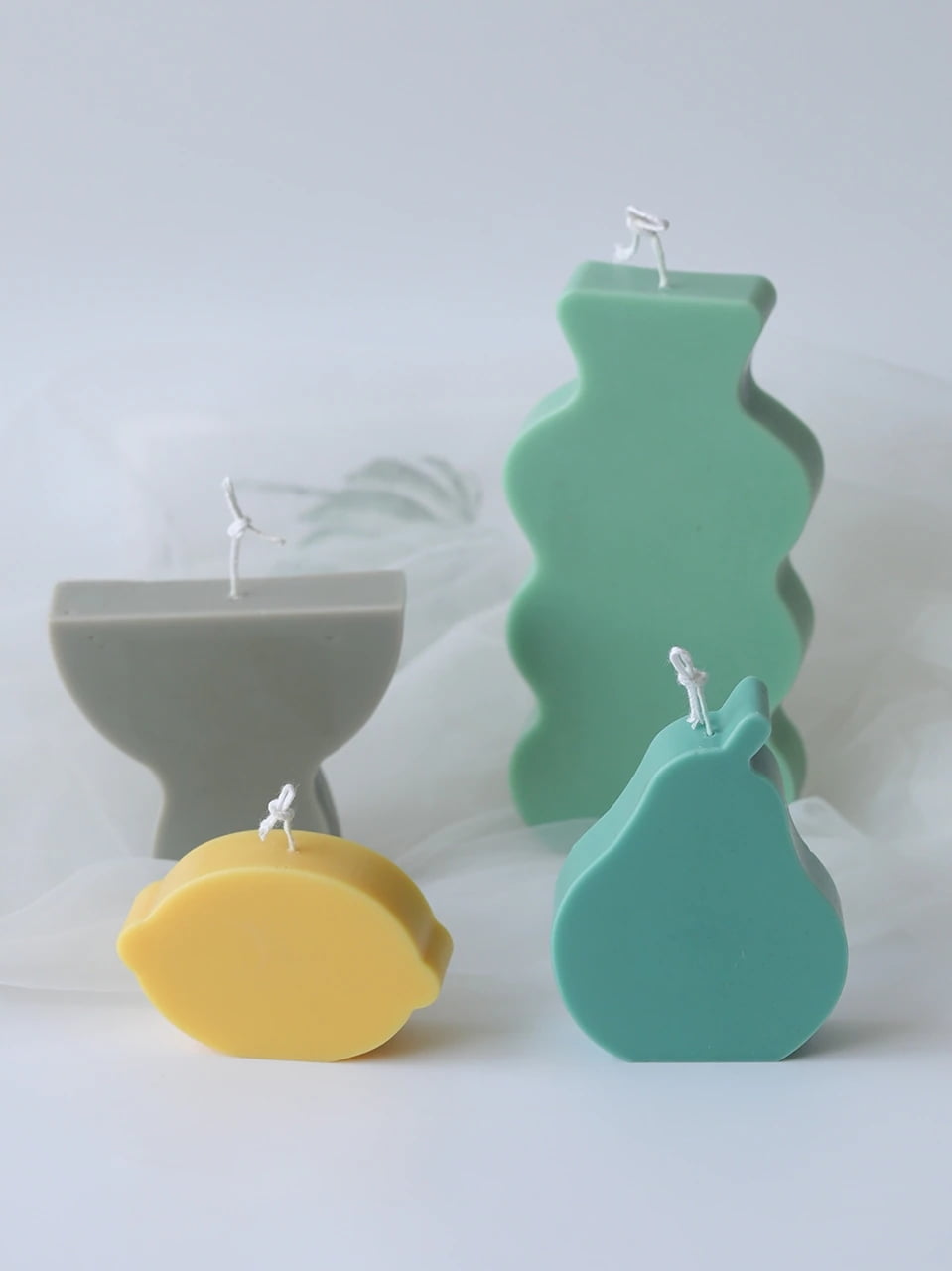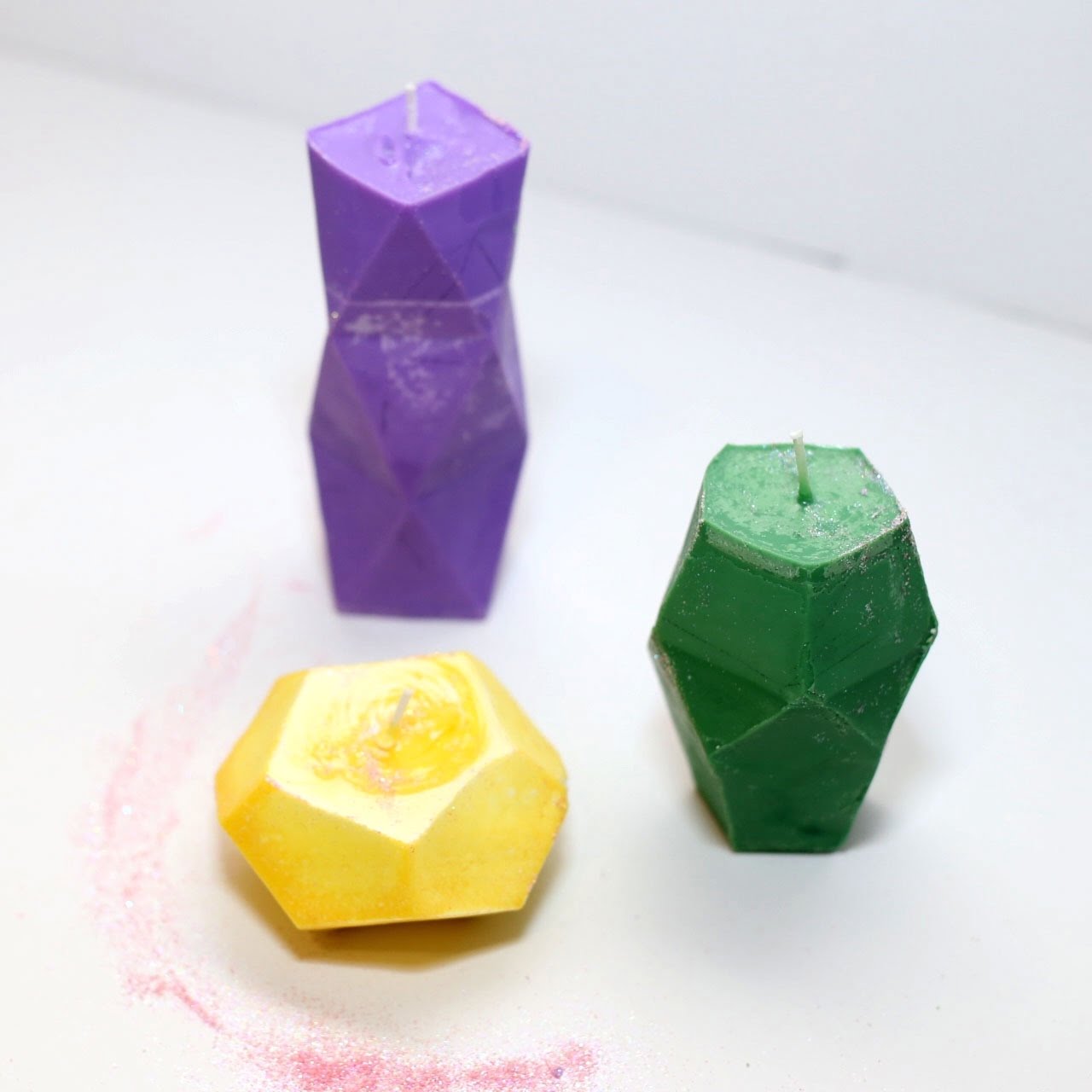What’s the best wax to use when making candles? Choosing the right wax is a crucial decision for candle makers, as it can affect everything from the scent throw and burn time to the overall appearance of the finished product. With various types of waxes available in the market, it’s important to understand the unique characteristics of each option to make an informed decision.
From paraffin and soy wax to beeswax and coconut wax, there are numerous options for candle making. Each type of wax comes with its own set of pros and cons, making it essential for candle makers to carefully consider their specific needs and preferences before selecting the best wax for their projects.
In this article, we will explore the different types of waxes commonly used in candle making, discuss their advantages and disadvantages, and provide insights on how factors such as fragrance compatibility, color and appearance, burn performance, sustainability, and environmental impact should influence your choice of wax. Whether you’re a beginner or experienced candle maker, understanding which wax is best suited for your goals can elevate your candle making experience to new heights.
Types of Waxes
When it comes to making candles, choosing the right wax is essential for achieving the desired burn performance, scent throw, and overall quality of the finished product. There are several types of waxes available in the market, each with its own unique properties and characteristics. Understanding the differences between these waxes can help candle makers make informed decisions when selecting the best option for their specific projects.
Paraffin Wax
Paraffin wax is one of the most commonly used waxes in candle making. It is known for its excellent scent throw, smooth texture, and ability to hold vibrant colors. However, paraffin wax is not considered environmentally friendly as it is derived from petroleum.
Soy Wax
Soy wax has gained popularity in recent years due to its renewable and biodegradable nature. It has a clean burn and good scent throw, making it a favorite among eco-conscious candle makers. However, soy wax can be relatively soft and may not hold intricate designs as well as other waxes.
Beeswax
Beeswax is a natural wax produced by honeybees and is known for its subtle honey-like aroma. It has a long burn time and produces a warm glow when lit. While beeswax is sustainable and non-toxic, it can be more expensive compared to other waxes.
Palm Wax
Palm wax is derived from palm oil and produces beautiful crystalline patterns when solidified. It has a good scent throw and burns cleanly, but there are concerns about the environmental impact of palm oil production.
Coconut Wax
Coconut wax is made from coconut oil and has a slow burn with excellent scent throw. It has a creamy white appearance and holds fragrances well. Additionally, coconut wax is considered eco-friendly as it comes from a renewable source.
Blended Waxes
Blended waxes are combinations of different types of waxes that are formulated to achieve specific properties such as improved scent throw or better burning characteristics. These blended waxes offer candle makers the opportunity to customize their creations based on their preferences.
Overall, the type of wax used in candle making plays a significant role in determining the final outcome of the product. Each type of wax has its own set of advantages and drawbacks, so it’s important for candle makers to carefully consider their specific needs and goals when choosing the best wax for their projects.
Pros and Cons of Each Wax
When it comes to choosing the best wax for making candles, there are several options available in the market. Each type of wax has its own set of pros and cons that candle makers should consider before making a decision. Understanding these advantages and disadvantages can help you make an informed choice based on your specific candle making needs.
Paraffin Wax
Paraffin wax is one of the most commonly used waxes for candle making due to its affordability and accessibility. It has a great scent throw and provides excellent hot throw when used with fragrance oils. However, paraffin wax is not the most sustainable option as it is derived from petroleum, and it may produce some black soot when burned.
Soy Wax
Soy wax is a popular choice for environmentally conscious candle makers as it is made from soybean oil, which is a renewable resource. It has a clean burn and good scent throw, but it may have issues with frosting and adhesion to the container. Additionally, soy wax can be more expensive than paraffin wax.
Beeswax
Beeswax is known for its natural and sweet aroma, making it a favorite for those who prefer a subtle scent in their candles. It has a long burn time and produces a bright flame. However, beeswax can be pricey compared to other waxes, and it may not hold fragrance oils as well as other options.
Each type of wax brings its own set of benefits and drawbacks to the table, so understanding these factors will help you choose the best option for your specific candle making project. Experimenting with different waxes will also allow you to find the perfect fit for achieving your desired results in terms of scent throw, burn time, cost-effectiveness, and sustainability.
Fragrance and Essential Oil Compatibility
When it comes to choosing the best wax for making candles, considering fragrance and essential oil compatibility is crucial. Different types of waxes interact with scents in unique ways, affecting the overall quality and performance of the finished candle. Understanding how each type of wax interacts with fragrances and essential oils can help candle makers make informed decisions about which wax to use for their specific projects.
Paraffin wax, for example, is known for its excellent scent throw, making it a popular choice for scented candles. It has the ability to hold a high percentage of fragrance oil, resulting in strong and long-lasting scent when the candle is burned. On the other hand, soy wax has a more subtle scent throw compared to paraffin but is preferred by many due to its natural composition and eco-friendly profile.
Beeswax is another option known for its natural aroma that adds a honey-like sweetness to scented candles. However, it may not always work well with certain fragrances due to its distinct smell. Palm wax and coconut wax also have their own unique interactions with fragrances and essential oils, making them suitable options for specific scent profiles.
When choosing a wax based on fragrance and essential oil compatibility, it’s important to conduct small test batches using different waxes and scents. This allows candle makers to observe how each combination performs before committing to larger production runs. Additionally, considering the intended purpose of the candle – whether it’s for aromatherapy or ambiance – can also guide the selection process of the best wax for achieving desired scent results.
Color and Appearance
When it comes to choosing the best wax for making candles, considering the color and appearance of the finished product is essential. Different types of waxes can result in varied aesthetics, so understanding how each type affects the overall look of your candles is crucial. Here’s a breakdown of how different waxes can influence the color and appearance of your candles:
- Paraffin Wax: Paraffin wax is known for its ability to hold vibrant colors and create a smooth, glossy finish. It allows for excellent color saturation and is often preferred for achieving bright, eye-catching candle designs.
- Soy Wax: Soy wax tends to produce a more natural, muted color palette. Candles made with soy wax have a softer, opaque appearance that appeals to those seeking a more subtle and organic look.
- Beeswax: Beeswax offers a warm, golden hue that adds a natural touch to candles. It creates an attractive, rustic look with its slightly translucent and honey-toned finish.
Considering the visual impact of different waxes is important when selecting the right option for your candle making projects. Depending on your design goals and aesthetic preferences, you may find that certain waxes lend themselves better to achieving specific color schemes or appearances.
In addition to selecting the right type of wax, factors such as dye compatibility and pigment dispersion also play a role in achieving desired candle colors. Understanding how different waxes interact with dyes and pigments can help you create custom hues that align with your creative vision. Furthermore, experimenting with various additives like mica powders or glitter can add depth and dimension to your candles’ appearance when using different waxes.
Burn Performance
When it comes to choosing the best wax for making candles, one of the key factors to consider is burn performance. Different types of waxes can have varying effects on how a candle burns, including factors such as the cleanliness of the burn and the length of time the candle will last. Understanding the burn performance of different waxes can help you select the right option for your specific candle making needs.
Paraffin wax, one of the most commonly used waxes in candle making, is known for its excellent burn performance. It provides a clean and long-lasting burn, making it a popular choice for many candle makers. Soy wax is another option that offers good burn performance, often producing a cleaner burn than paraffin wax. Beeswax, while typically more expensive, also offers excellent burn performance and is known for its natural and sustainable qualities.
When considering burn performance, it’s important to think about factors such as soot production and overall cleanliness of the burn. Some waxes may produce more soot than others, which can impact the aesthetics of your candles as well as indoor air quality. Additionally, certain waxes may have longer or shorter burn times than others, so understanding these differences can help you choose the best option for your specific candle making project.
In addition to considering burn performance, other factors such as scent throw, cost, and environmental impact should also be taken into account when selecting the best wax for making candles.
| Wax Type | Burn Performance |
|---|---|
| Paraffin Wax | Excellent – clean and long-lasting |
| Soy Wax | Good – often produces a cleaner burn than paraffin |
| Beeswax | Excellent – natural and sustainable with good burn performance |
Sustainability and Environmental Impact
When considering the best wax to use for candle making, it’s important to take into account the sustainability and environmental impact of the different options available. Here are some key factors to consider in this regard:
- Paraffin wax:
- Pros: Affordable and readily available
- Cons: Derived from petroleum, non-renewable resource, emits potentially harmful chemicals when burned
- Soy wax:
- Pros: Made from renewable soybeans, biodegradable
- Cons: Some soybean farming practices may contribute to deforestation
- Beeswax:
- Pros: Naturally sourced, long-burning
- Cons: Limited availability due to dependence on beekeeping industry, potential impact on bee populations
- Palm wax:
- Pros: Comes from a renewable resource
- Cons: Concerns about deforestation for palm oil plantations
- Coconut wax:
- Pros: Made from sustainable coconut oil, clean-burning
- Cons: Limited availability and higher cost compared to other waxes
- Blended waxes:
- Pros: Can combine properties of different waxes for optimal performance
- Cons: May still contain non-sustainable or environmentally harmful ingredients
When choosing the best wax for your candle making projects, it’s essential to weigh the pros and cons of each option in terms of sustainability. Additionally, consider looking for certifications such as RSPO (Roundtable on Sustainable Palm Oil) for palm-based waxes or USDA Organic for soy or coconut waxes. This can help ensure that your chosen wax aligns with your environmental values and promotes sustainable practices within the candle making industry.
Best Practices for Choosing Wax
When it comes to choosing the best wax for your candle making projects, there are several key considerations to keep in mind. Each type of wax has its own unique characteristics, and understanding these differences is essential for achieving the desired results in terms of fragrance throw, burn time, appearance, and sustainability.
One important factor to consider when choosing candle wax is its compatibility with fragrance and essential oils. Different waxes interact with scents in varying ways, affecting the strength of the scent throw and the overall aroma of the finished candle.
For example, soy wax is known for its excellent scent throw and ability to hold fragrance well, making it a popular choice for scented candles. On the other hand, beeswax has a naturally sweet aroma that can complement certain essential oils without additional fragrances.
Color and appearance are also important factors to consider when selecting a wax for candle making. Certain waxes have natural colors that can affect the final hue of the candle, while others allow for more flexibility in achieving specific color outcomes. Blended waxes, for example, offer versatility in creating custom colors by combining different types of wax with dye additives.
Another crucial consideration is burn performance. Different waxes burn at varying temperatures and rates, which can impact how long the candle will last and how cleanly it will burn. Soy wax, for instance, has a reputation for producing a longer-lasting and cleaner burn compared to paraffin wax. Understanding how each type of wax performs during the burning process is crucial for ensuring a high-quality end product.
Ultimately, choosing the best wax for your candle making endeavors involves experimenting with different types of waxes and considering your specific goals as a candle maker. Whether you prioritize sustainability, scent throw, appearance or burn performance, there is a suitable wax out there to help you achieve your desired results.
Conclusion
In conclusion, choosing the best wax for candle making depends on a variety of factors including personal preference, sustainability, and specific project goals. Each type of wax comes with its own set of pros and cons, making it important for candle makers to carefully consider their options before diving into a new project.
Whether it’s the affordability of paraffin wax, the eco-friendly qualities of soy or beeswax, or the unique appearance of palm or coconut wax, there are numerous options available for creating beautiful and functional candles.
When considering fragrance and essential oil compatibility, it’s important to experiment with different waxes to find the right fit for specific scents. Some waxes may have better scent throw than others, while some may be more compatible with certain oils. Additionally, understanding how different waxes affect the color and appearance of candles can help achieve desired results.
Overall, sustainability and environmental impact should also be taken into consideration when choosing wax for candle making. For environmentally conscious individuals, exploring eco-friendly wax options can contribute to a more sustainable approach to crafting beautiful candles.
In all cases, aspiring candle makers are encouraged to experiment with different types of waxes in order to discover which one best suits their needs. By considering burn performance as well as personal beliefs about sustainability and eco-friendliness when selecting a wax type, crafters can create unique and high-quality candles that meet their specific project goals.

Welcome to my candle making blog! In this blog, I will be sharing my tips and tricks for making candles. I will also be sharing some of my favorite recipes.

